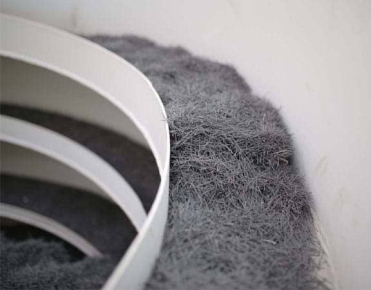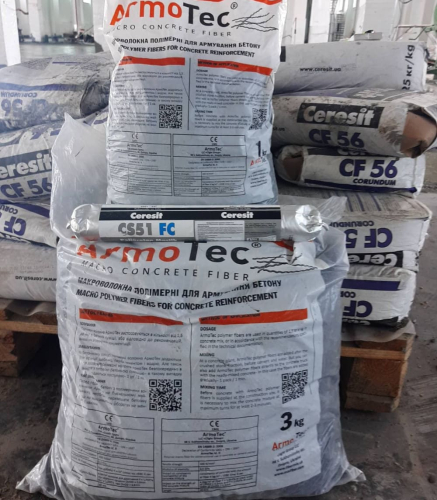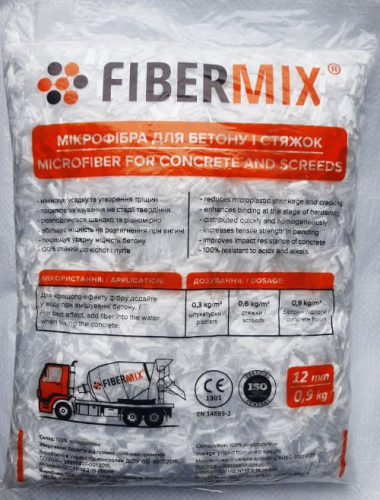
Fiber dosing systems
In recent years, the construction industry has seen increasing interest in the use of fiber as a reinforcing component. Fibers are short fibers that when mixed with concrete, cement or other building materials improve their performance. Particularly important is the issue of effective and accurate dosing, which determines the homogeneity of the mixture and, as a consequence, the quality of the final product. In this article we will look at the concept, types and principle of operation of modern fiber dispensing systems.
Contents
- History of the development of dosers
- Basic concepts and definitions
- Modern fiber dosing systems
- Construction of fiber dosers
- How do fiber dosing systems work?
History of the development of dosers
The first examples of the use of the material in construction date back to ancient civilizations, where natural fibers were used as strengthening additives. But the systematic use of additives began in the mid-20th century, when steel and polymer fibers began to be used in construction. Since then, fiber dispensing technologies have steadily evolved to ensure maximum efficiency and uniform distribution of fibers in building mixtures.
Basic concepts and definitions
Construction fiber can be made of glass, polypropylene, steel, basalt and other materials. Depending on the type, the additive can improve such characteristics of building materials as strength, crack resistance, heat and sound insulation. The dosing process involves precisely introducing a given amount of fiber into the mortar mixture to achieve the desired properties.
Low volume fraction (less than 1%). Application in such small quantities is most often aimed at preventing the formation of cracks. These fibers are particularly effective in concrete slabs and pavements with large exposed surface areas where cracking is likely to occur.
Moderate volume fraction (1-2%). In this range, the additive contributes to a significant increase in tensile strength, cracking and impact resistance. This additive is optimal for structures subject to increased loads.
High volume fraction (more than 2%). With this proportion, fiber reinforcement helps improve the hardness and strength of the building material.

Modern fiber dosing systems
Modern fiber dosing systems ensure high accuracy and uniform distribution of fibers in the mixture. This is achieved through the use of automated devices that control the quantity and speed of feeding. The main types of such systems include:
- Mechanical dispensers: easy to use, they allow you to evenly distribute the fibers through mechanical mixing.
- Pneumatic systems: use air flow to accurately feed and distribute fiber into the mixer.
- Vibrating dispensers: used for uniform distribution through vibration.
Each of these systems has its own advantages and is suitable for different types of construction work. The choice of a specific system depends on many factors, including the type of fiber, the scope of work and the desired properties of the final product.
Construction of fiber dosators
The dosing system usually consists of a cylindrical body with an internal spiral escalator. This design is mounted on a durable steel frame for stability and reliability. To transfer fibers, a special tray is used, the movement of which is ensured by two vibrators with adjustable amplitude. This system allows the additive to be supplied accurately and evenly during the mixing process.
How do fiber dosing systems work?
The dispenser tray is usually filled with fiber from large bags (Big Bag), but it is also possible to use cardboard packaging or paper bags. A lifting system with a hoist or a forklift can be used to load fiber into the tray.
Video with an example of using a fiber dispenser
The dispenser is configured through the control panel, where the desired amount of fiber is set for each batch. The dosing process uses a negative weighing method: a certain amount is weighed and then fed into the mixer.
An important feature of the dosing system is the coordination of the supply of fiber with the supply of inert materials. The fiber is fed onto a conveyor belt along with inert materials, ensuring optimal distribution and pre-mixing of the components before they are added to the mixer. This ensures uniform distribution in the finished material, improving its properties and quality.
Recommended products
 |  |
| Armotec Fibre | Fibermix Microfiber |